California, with its diverse landscapes ranging from rugged coastlines to expansive deserts, is home to a variety of wildlife, some of which can pose significant threats to humans. From venomous creatures to apex predators, the Golden State harbors a unique collection of dangerous animals in California. Exploring the wild corners of California, this article unveils the top ten most hazardous creatures that inhabit this beautiful region.
Whether you’re an avid hiker, a nature enthusiast, or a resident of California, understanding the risks posed by these animals is crucial for safety and awareness. Discover the potentially lethal inhabitants of this state, their habitats, behaviors, and the precautions you can take to coexist with these creatures while appreciating the awe-inspiring natural beauty of California. Stay informed and stay safe in the wilds of the West Coast.
Table of Contents
Overview of California’s Diverse Wildlife:
California’s biodiversity is nothing short of remarkable, boasting a rich tapestry of wildlife due to its diverse ecosystems. From the Pacific coast to the Sierra Nevada mountains and the arid deserts, the state’s varied landscapes support an astonishing array of flora and fauna. This biodiversity encompasses mammals, birds, reptiles, amphibians, insects, and aquatic creatures.
Some of these animals, while fascinating and beautiful, can also present serious dangers to humans. Whether it’s encounters with venomous snakes, aggressive mountain lions, or formidable marine predators, understanding the characteristics and habitats of these creatures is crucial for anyone venturing into the outdoors in California.
Overview of Most Dangerous Animals in California
Mountain Lions (Puma concolor):
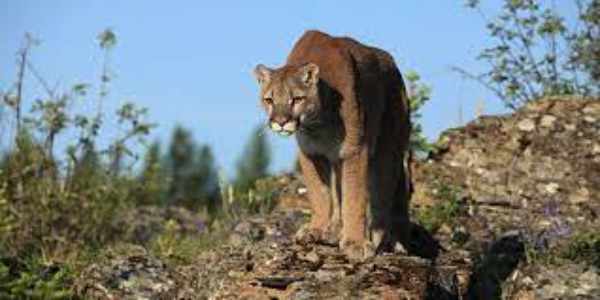
Mountain lions, also known as pumas or cougars, are powerful apex predators that inhabit California’s diverse wilderness. Renowned for their stealth and strength, these large cats are a natural part of the state’s ecosystem. While human encounters with mountain lions are infrequent, they can be perilous. Possessing sharp claws and powerful jaws, these carnivores primarily prey on deer but may view humans as potential targets in rare instances. Understanding their behaviors and taking appropriate precautions when venturing into their habitat are essential to minimize risks associated with these awe-inspiring predators.
Black Bears (Ursus americanus):
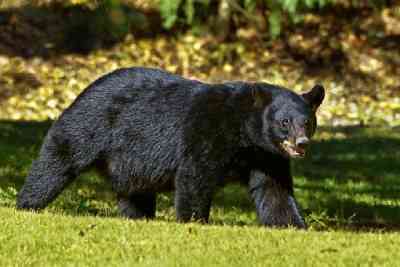
Black bears, a symbol of California’s wild areas, are formidable creatures that occasionally bring them into contact with humans. These omnivorous mammals typically avoid people but can become dangerous if provoked or enticed by food. With a keen sense of smell and significant strength, they are capable climbers and can cause property damage while foraging. Understanding bear behavior, securing food and waste, and respecting their space is crucial for peaceful coexistence and minimizing potential risks.
Rattlesnakes:
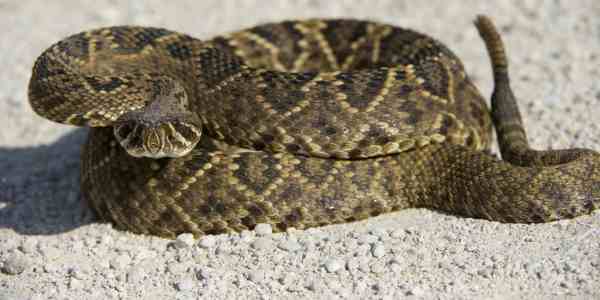
Rattlesnakes, a group of venomous snakes inhabiting various regions of California, are a vital part of the state’s ecosystem. Known for the distinctive rattle at the end of their tails, they possess venomous fangs that can deliver painful, and potentially lethal, bites. While generally reclusive and preferring to avoid human interaction, rattlesnakes will defend themselves if threatened. Recognizing their habitats, being cautious when hiking or working in snake-prone areas, and seeking immediate medical attention in case of a bite are essential precautions to mitigate the risks associated with encountering these unique reptiles.
Great White Sharks (Carcharodon carcharias):

Great white sharks, apex predators of the ocean, patrol the coastal waters of California, instilling both fascination and caution. Known for their formidable size, sharp teeth, and powerful swimming ability, these sharks are a top concern for ocean safety. While they do not actively seek out humans as prey, accidental encounters can occur. Understanding their behavior, following proper safety measures while swimming or engaging in water activities, and respecting marine ecosystems are crucial steps toward reducing the risks associated with sharing the ocean with these magnificent but potentially dangerous creatures.
Yellowjackets and Hornets:

Yellowjackets and hornets, aggressive stinging insects found across California, can pose a significant threat, particularly to those allergic to their venom. With distinct yellow and black markings, these social insects build nests in various locations, defending them fiercely. Human encounters can result in painful stings and, in some cases, severe allergic reactions. Identifying and avoiding their nests, wearing protective clothing, and seeking prompt medical attention for stings are vital precautions to mitigate the risks posed by these territorial and defensive insects.
Scorpions:
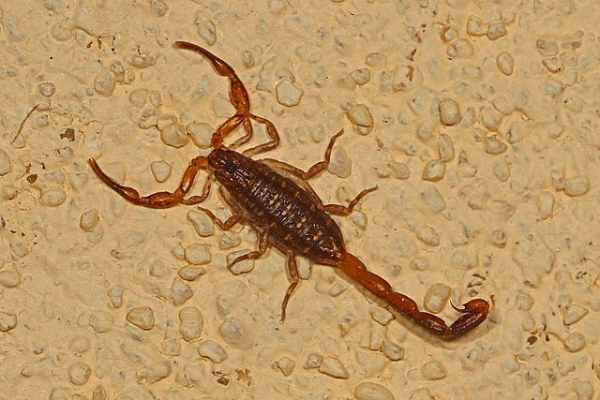
Scorpions, arachnids known for their distinctive pincers and tail with a venomous stinger, inhabit certain regions of California. While they generally avoid human contact, accidental encounters can lead to painful stings. The Arizona bark scorpion, in particular, is known for its potent venom. Taking precautions such as shaking out clothing and shoes, sealing entry points in buildings, and exercising caution in areas where scorpions are known to live are important steps to minimize the risk of scorpion stings and ensure a safe coexistence with these intriguing but potentially harmful creatures.
Venomous Spiders:

California is home to various venomous spiders, including the Western Black Widow and the Brown Recluse, which can deliver painful bites and, in some cases, cause significant health issues. Recognizing their distinctive markings and habitats, taking precautionary measures like shaking out clothing and shoes, and seeking prompt medical attention for bites are important steps to reduce the risks associated with encounters with these venomous arachnids.
Coyotes (Canis latrans):

Coyotes, adaptable and intelligent members of the canine family, are common in California and can occasionally pose a threat, particularly in urban areas. While they typically avoid humans, they may scavenge for food in residential areas, potentially leading to conflicts. Understanding their behavior, securing trash and pet food, and keeping a safe distance are crucial for minimizing the risks associated with encounters with these often misunderstood and elusive creatures.
Ticks and Mosquitoes:
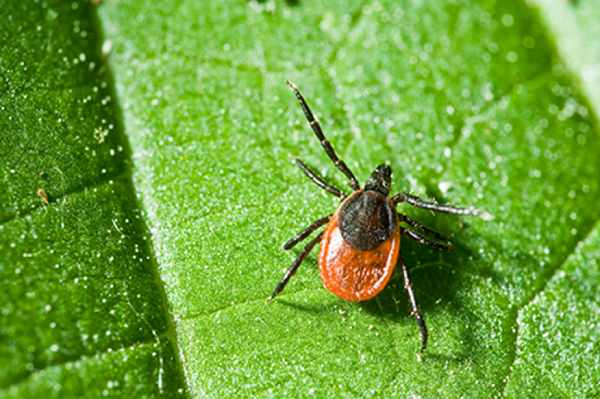
While not animals in the traditional sense, ticks and mosquitoes can pose a threat in California by transmitting diseases such as Lyme disease and West Nile virus, respectively. These blood-feeding arthropods thrive in various habitats and can be found throughout the state. Taking preventive measures like using insect repellent, wearing protective clothing, and performing regular tick checks after outdoor activities are essential steps to mitigate the risks associated with exposure to these disease-carrying vectors.
Deer (during vehicle collisions):

Deer, graceful and abundant in certain areas of California, poses a significant risk to motorists, especially during dusk and dawn. Collisions with these animals can result in severe damage to vehicles and pose a danger to drivers and passengers. Being vigilant and observant while driving in deer-prone areas, adhering to speed limits, and taking appropriate measures to avoid collisions is crucial for ensuring road safety and minimizing the risks associated with encountering deer in their natural habitat.
Precautionary Measures:
When exploring California’s diverse outdoors, it’s paramount to prioritize safety. Firstly, educating oneself about the potential risks associated with the local wildlife is essential. This includes knowing how to identify dangerous species, their habitats, and their behaviors. Carrying and learning how to use appropriate safety gear such as bear spray, snake bite kits, or insect repellent can be life-saving.
Maintaining a safe distance and respecting wildlife habitats are fundamental principles. Hikers and adventurers should travel in groups, make noise to alert animals, and follow established trails. Furthermore, being informed about the area’s current wildlife activity, weather conditions, and advisories can help plan safe excursions.
Final Word:
California’s incredible natural beauty comes with a responsibility to coexist respectfully and safely with its diverse and sometimes hazardous wildlife. Awareness, education, and preparedness are the keys to ensuring a harmonious experience in the great outdoors. Respect for nature, caution in encounters, and proactive safety measures can significantly reduce risks and contribute to a positive and enjoyable interaction with California’s extraordinary wildlife. By embracing a mindset of conservation and understanding, we can preserve both the environment and ourselves, fostering a sustainable relationship with the wild inhabitants of the Golden State.
Reference:
- https://www.theadvocates.com/blog/the-top-10-most-dangerous-animals-in-california/
- https://www.sciencefocus.com/nature/what-animals-kills-the-most-people
- https://mountainlion.org/us/california
A motivated philosophy graduate and student of wildlife conservation with a deep interest in human-wildlife relationships, including wildlife communication, environmental education, and conservation anthropology. Offers strong interpersonal, research, writing, and creativity skills.










